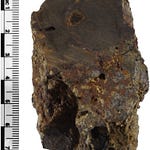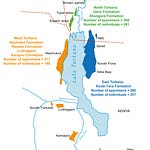Along the Paleolithic shores of the Bay of Biscay, long before harpoons sliced the waves and whaling ships chased shadows across the ocean, humans were already forging relationships with whales. Not through the hunt, but through the aftermath: the beaching of leviathans. New research has shown that, around 20,000 years ago, humans in what is now northern Spain and southwestern France collected bones from stranded whales and shaped them into weapons.
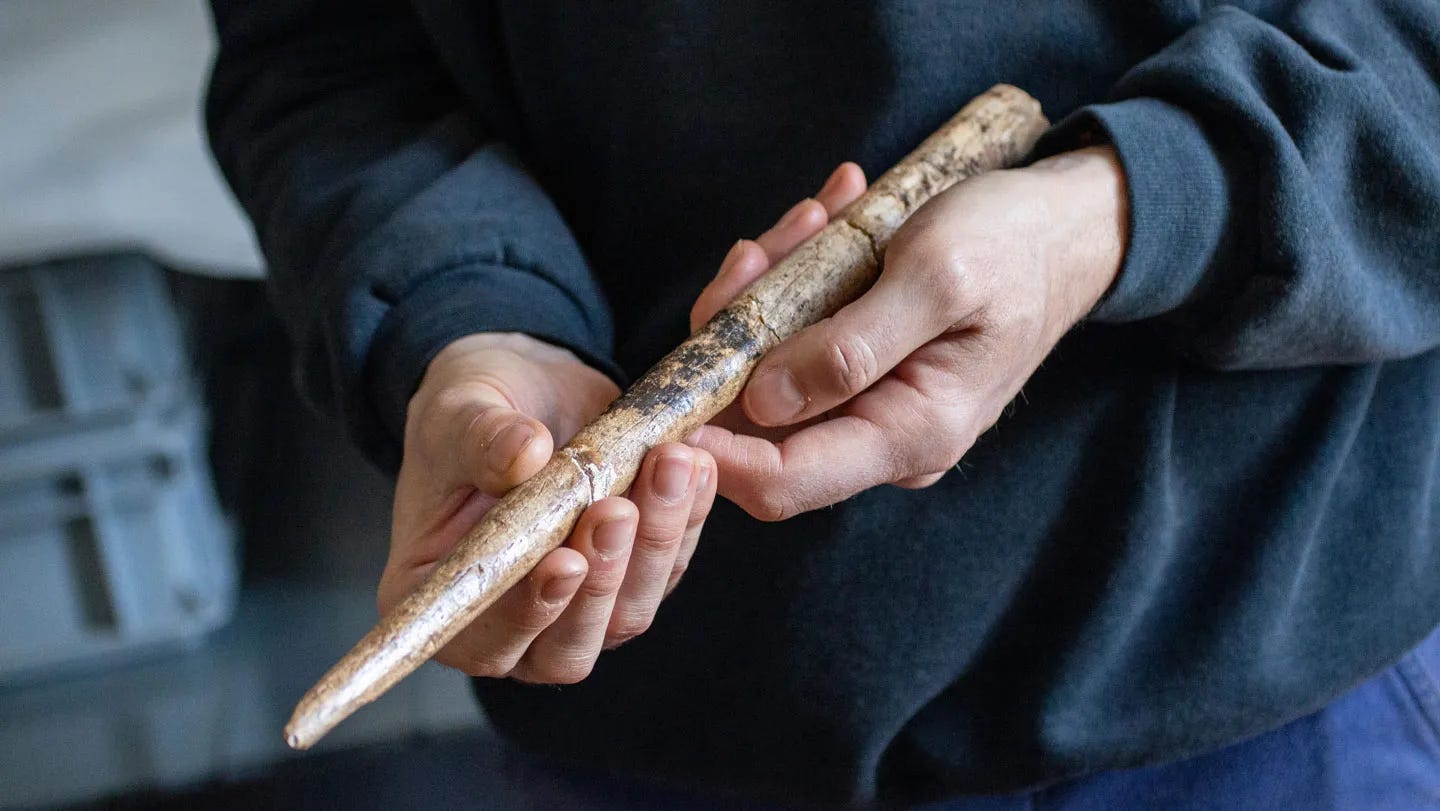
A collaboration of scientists from institutions across Europe—including the CNRS, the Universitat Autònoma de Barcelona, and the University of British Columbia—analyzed more than 170 whale bone objects recovered from archaeological sites around the Bay of Biscay. These implements, many of them spear points and shafts, mark the oldest known use of whale bones as tools in the archaeological record.
“Our study reveals that the bones came from at least five species of large whales, the oldest of which date to approximately 19,000–20,000 years ago,” said Jean-Marc Pétillon, senior author and archaeologist at the CNRS.
The research, published in Nature Communications1, relied on a suite of advanced techniques. Radiocarbon dating confirmed the Late Upper Paleolithic age of the objects, while mass spectrometry-based Zooarchaeology by Mass Spectrometry (ZooMS) was used to extract species-specific protein signatures. These techniques allowed the team to match tool fragments to whales still swimming in the region today: sperm whales, fin whales, and blue whales. The dataset also included gray whales, now absent from the North Atlantic but common in the Pacific.
“ZooMS is a powerful technique for investigating past sea mammal diversity, particularly when diagnostic morphometric elements are missing,” said Krista McGrath, lead author of the study.
Beached, Broken, and Transformed
The bones were not retrieved from hunts but rather from the carcasses of whales that had washed ashore—a gift, however grim, from the sea. At one cave site near the coast, bones were found intentionally broken, likely to access stored fatty oil, a critical dietary supplement during glacial conditions.
Stranding events may have been rare, but they provided an outsized opportunity. The researchers argue that even small bands of foragers could have mobilized quickly to exploit the bounty of a beached whale. In addition to food and oil, the dense bones offered a source of raw material hard to find elsewhere in the rugged glacial landscapes of Upper Paleolithic Europe.
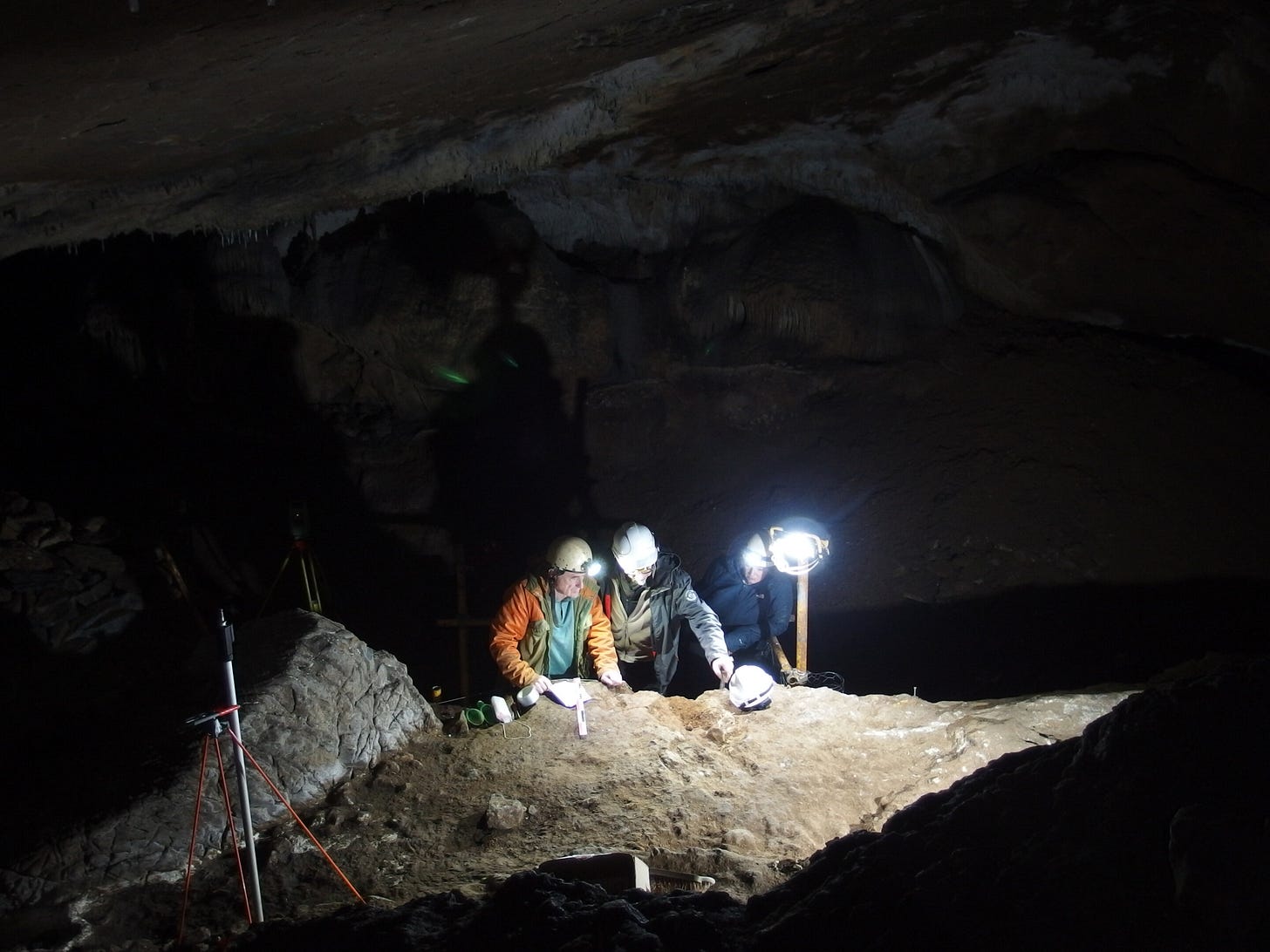
The study cataloged 83 whale bone tools from 26 sites and another 90 fragments from the Santa Catalina Cave. While tools dated as far back as 20,000 years, the majority fell within the 17,500 to 16,000-year range. This temporal clustering may reflect a burst of innovation or intensification in the use of coastal resources.
“Late Paleolithic humans regularly frequented the seashore and used its resources,” Pétillon noted. The data imply not only scavenging but also an embedded knowledge of whale behavior, tides, and the coastal environment.
Whales as Neighbors
The study offers more than a window into the human toolkit. It also reveals something about the whales themselves. Stable isotope data extracted from the bone collagen point to subtle but significant differences between the foraging patterns of ancient whales and their modern descendants. Shifts in temperature, ocean productivity, or migratory routes may explain these differences, offering a rare look at marine ecological change through deep time.
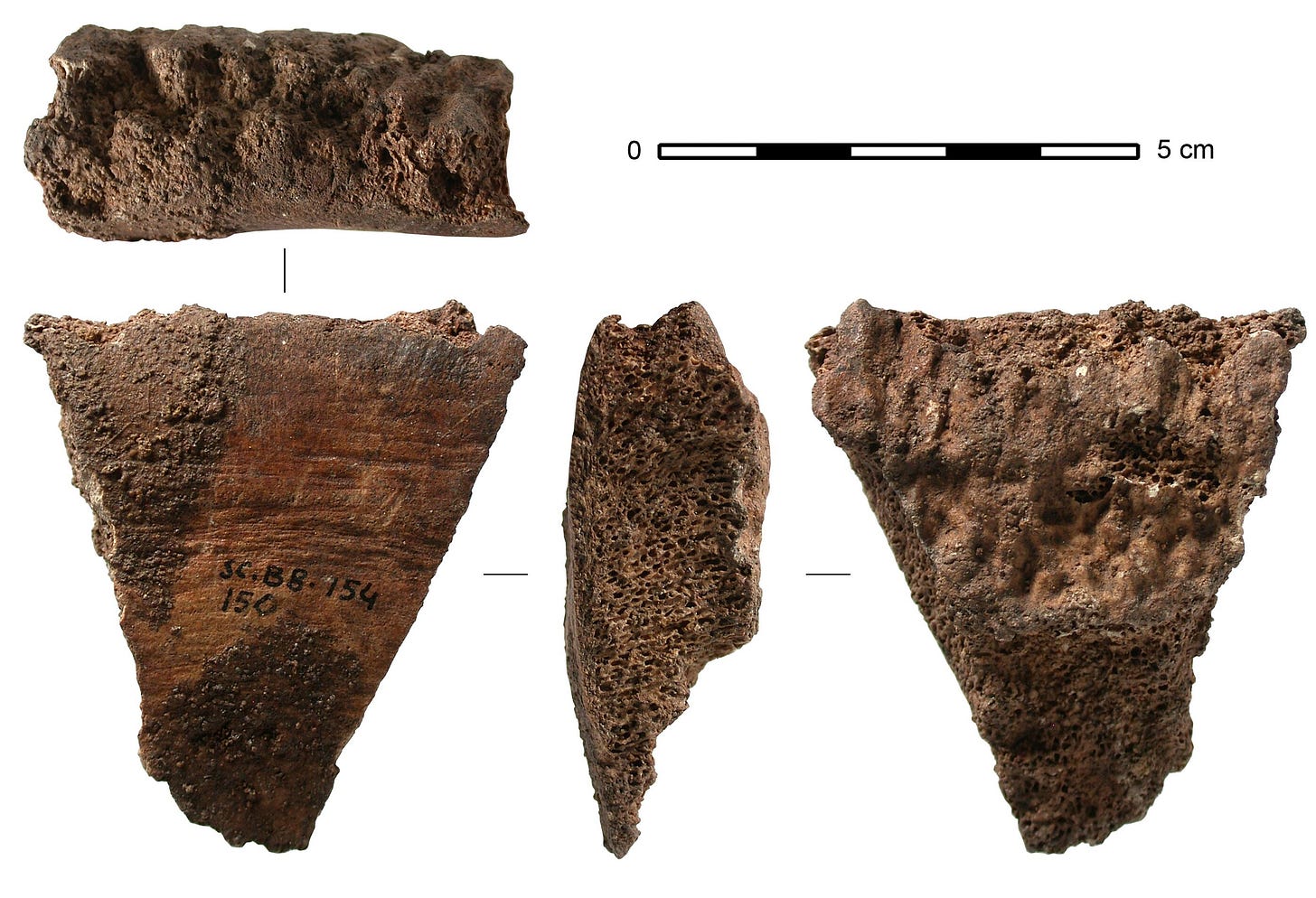
Today, most of the whale species identified in the study are endangered. But their ancient remains reflect a time when these animals were part of human landscapes and lifeways in ways now mostly forgotten. The work thus touches not only on archaeology but on conservation and marine biology, linking past and present through bone and protein.
Further Reading and Related Research
Reitz, E. J., & Wing, E. S. (2008). Zooarchaeology. Cambridge University Press.
Monks, G. G. (2005). The exploitation and utilization of marine mammals in the Arctic: A zooarchaeological perspective. International Journal of Osteoarchaeology, 15(3), 235–246. https://doi.org/10.1002/oa.778
Moss, M. L. (2011). Northwest Coast Archaeology as Deep History: Modeling Continuity and Change through the Lens of Marine Ecology. Journal of Social Archaeology, 11(2), 138–165. https://doi.org/10.1177/1469605311403865
Bjerck, H. B. (2009). Colonizing seascapes: Comparative perspectives on the development of maritime relations in Scandinavia and the Americas. Arctic Anthropology, 46(1-2), 118–131. https://doi.org/10.1353/arc.0.0022
McGrath, K., van der Sluis, L. G., Lefebvre, A., Charpentier, A., Rodrigues, A. S. L., Álvarez-Fernández, E., Baleux, F., Berganza, E., Chauvière, F.-X., Dachary, M., Duarte Matías, E., Houmard, C., Marín-Arroyo, A. B., de la Rasilla Vives, M., Tapia, J., Thil, F., Tombret, O., Torres-Iglesias, L., Speller, C., … Pétillon, J.-M. (2025). Late Paleolithic whale bone tools reveal human and whale ecology in the Bay of Biscay. Nature Communications, 16(1), 1–15. https://doi.org/10.1038/s41467-025-59486-8


